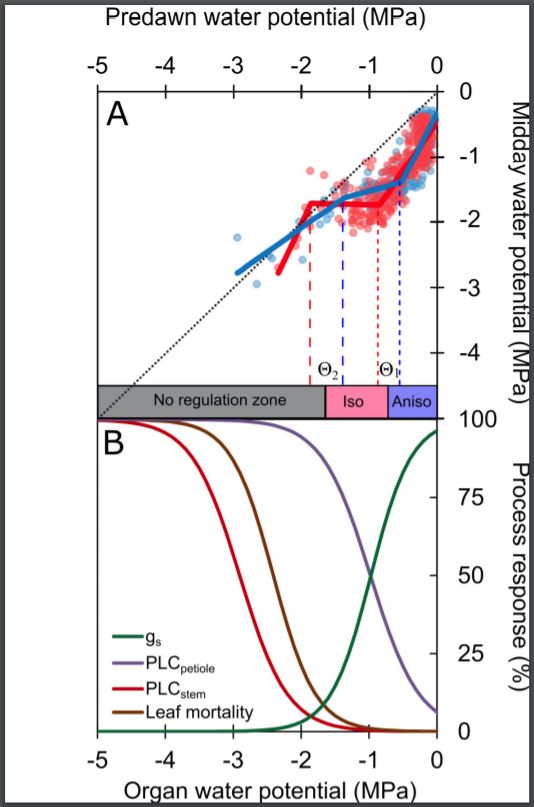
Extrapolating physiological response to drought through step-by-step analysis of water potential
Blog, Plant Physiology, Plant Physiology: News and Views, ResearchGuillaume Charrier
Université Clermont Auvergne, INRAE, PIAF, F-63000 Clermont-Ferrand, France.
[email protected]
Water potential (Ψ) defines the energy required to move water between the different compartments of a closed system. Water flows passively in the direction of decreasing…
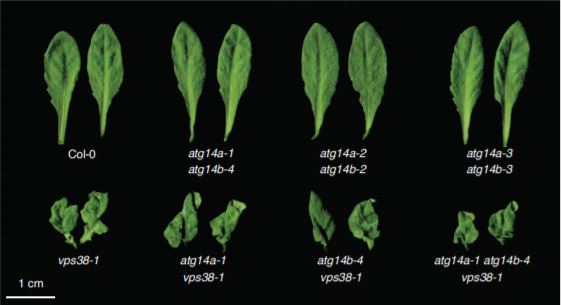
How to Eat One’s Feelings: Autophagy and Phosphatidylinositol 3-Phosphate
Blog, Research, The Plant Cell, The Plant Cell: In BriefMoving around taught me two essential skills, only one being relevant here: how to put up wallpaper, and how critical it is to label boxes to help the moving company drop them at their intended location. Now think of a cell: the boxes are vesicles, their contents are proteins and metabolites, and the…
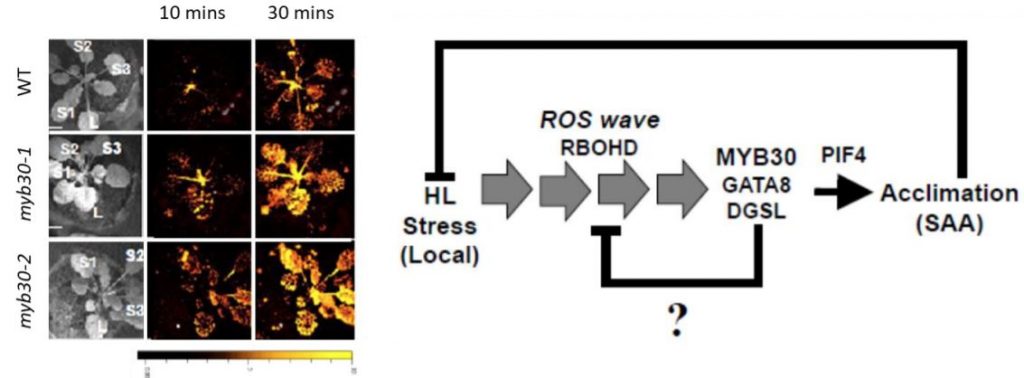
MYB30 links the ROS wave to systemic acclimation
Blog, Plant Physiology, Plant Physiology: News and Views, ResearchAmna Mhamdi
Ghent University, Department of Plant Biotechnology and Bioinformatics, and VIB Center for Plant Systems Biology, 9052 Ghent, Belgium
Address correspondence to [email protected]
Stress signals trigger systemic signaling and acclimation. The propagation of reactive oxygen species…

A DNA Methylation Reader with an Affinity for Salt Stress
Blog, Research, The Plant Cell, The Plant Cell: In BriefHigh levels of soil salinity lead to toxic accumulation of sodium (Na+) and chloride (Cl-) ions in plants, which adversely affect plant growth and yield. Plants use several strategies to cope with salt stress. These include removal and compartmentalization of toxic ions, and maintenance of growth and…
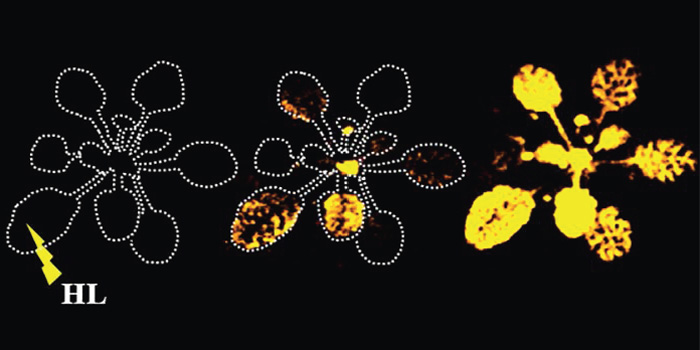
Mapping the Routes of Systemic Signaling in Arabidopsis
Blog, Research, The Plant Cell, The Plant Cell: In a NutshellZandalinas et al. identify the plant tissues that mediate systemic reactive oxygen signaling in response to high-light stress in Arabidopsis. Plant Cell https://doi.org/10.1105/tpc.20.00453
By Sara I Zandalinas and Ron Mittler
University of Missouri, Columbia, MO, USA
Background: Plants constantly…
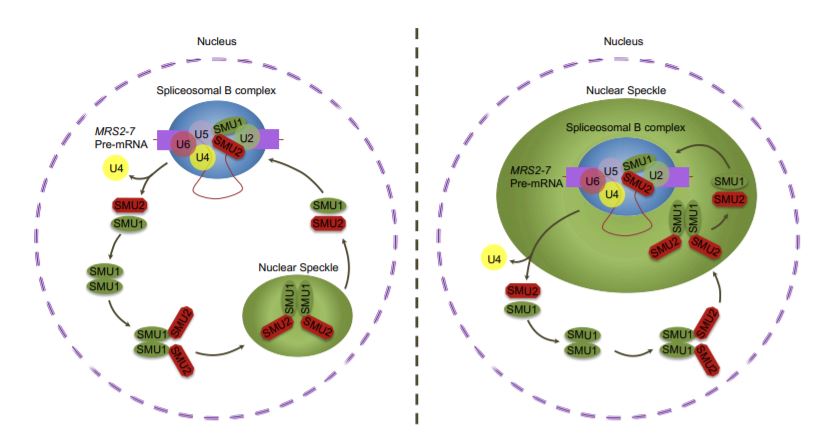
Post-transcriptional regulation of nutrient transporters
Blog, Plant Physiology, Plant Physiology: News and Views, ResearchAuthor: Stefanie Wege
ORCID: 0000-0002-7232-5889
[email protected]
Affiliation: ARC Centre of Excellence in Plant Energy Biology, PRC, School of Agriculture,
Food and Wine, Waite Research Institute, University of Adelaide, Waite Campus, Glen
Osmond 5064, South Australia, Australia
Most…

Stem diameter fluctuations provide a new window into plant water status and function
Blog, Plant Physiology, Plant Physiology: News and Views, ResearchAuthor: Robert Skelton
[email protected]
Affiliation: South African Environmental Observation Network, Private Bag X7, Claremont, 7735, South Africa
Knowledge of the spatio-temporal dynamics of water storage in plant stems is fundamental to understanding plant physiological function under…

Translational regulation of PHOSPHATE 1 affects shoot phosphate levels and biomass
Blog, Plant Physiology, Plant Physiology: News and Views, ResearchEva Hellmann, The Sainsbury Laboratory, University of Cambridge, CB2 1LR Cambridge, United Kingdom
[email protected]
Phosphorus (P) is an essential plant nutrient and makes up part of membranes, DNA and RNA; it also serves as energy currency in the form of ATP cycling. It is involved…
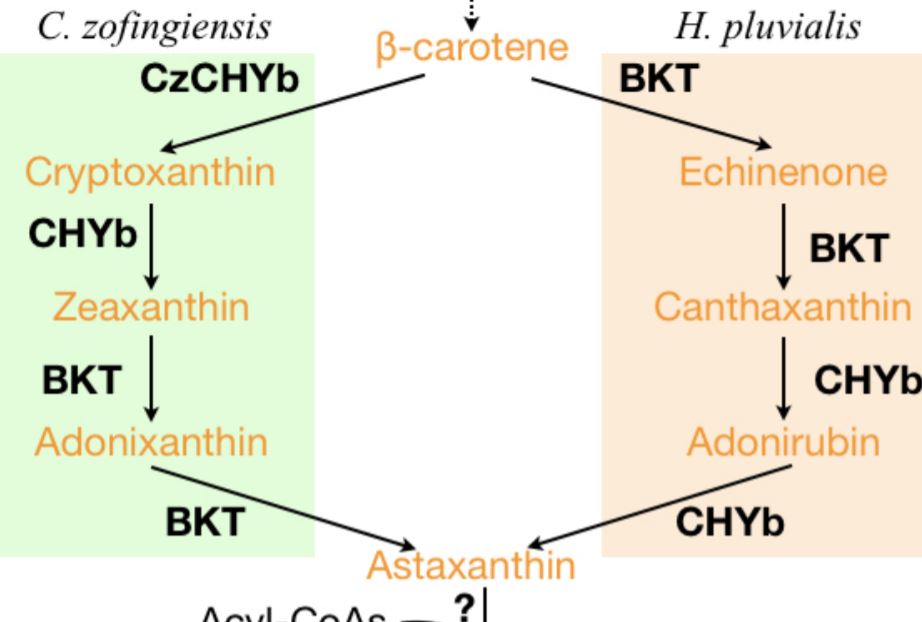
An Alternative Route for Astaxanthin Biosynthesis in Green Algae
Blog, Plant Physiology, Plant Physiology: News and Views, ResearchTianhu Sun
ORCID ID: 0000-0002-2513-1387
Plant Breeding and Genetics Section, School of Integrative Plant Science, Cornell University, Ithaca, New York 14853
[email protected]
Astaxanthin is the reddish carotenoid pigment that gives color to shrimp, salmon, and flamingo. However, these animals…

